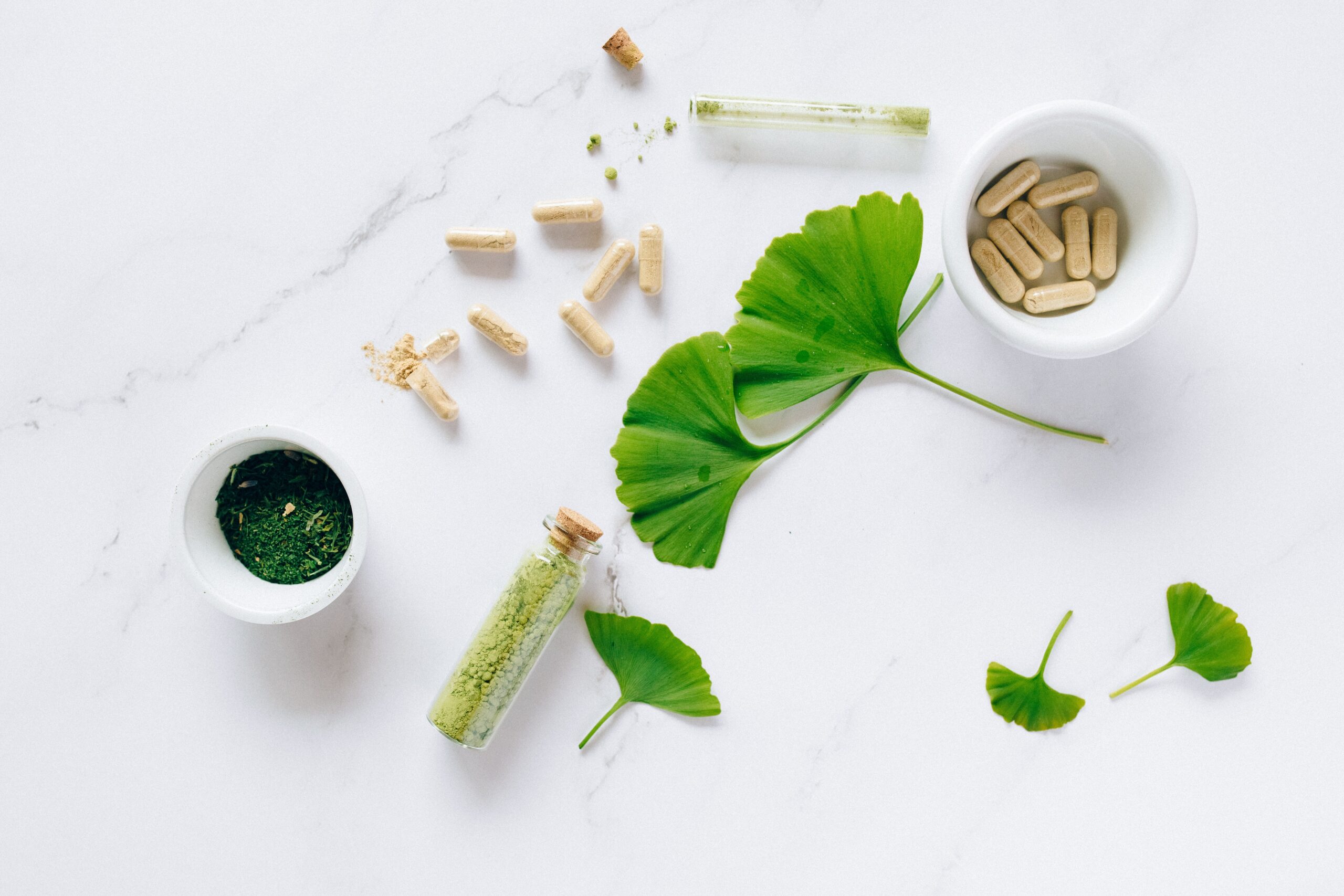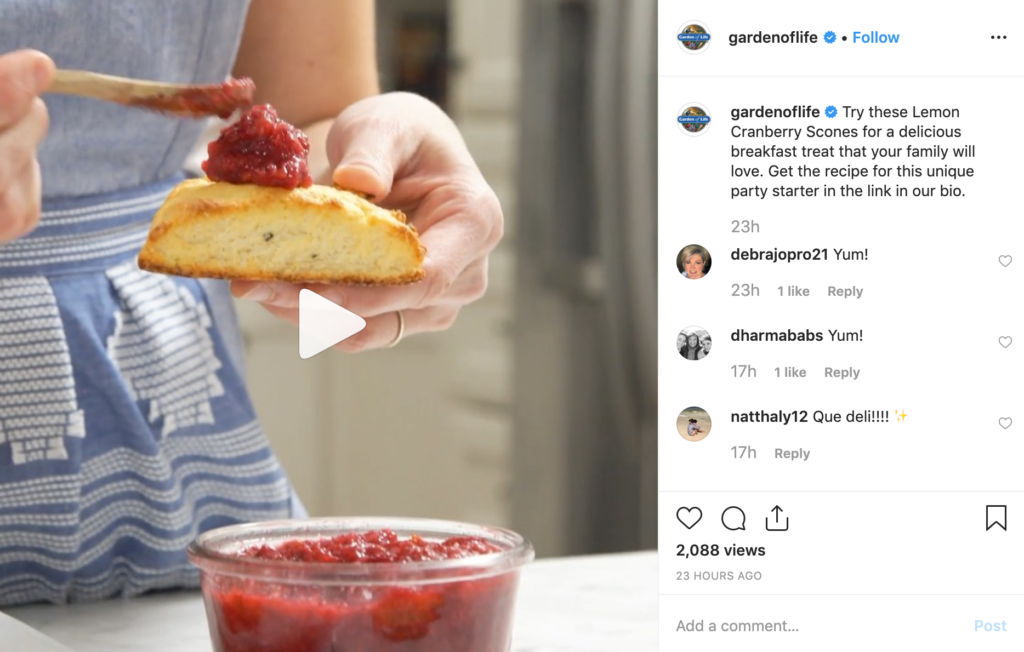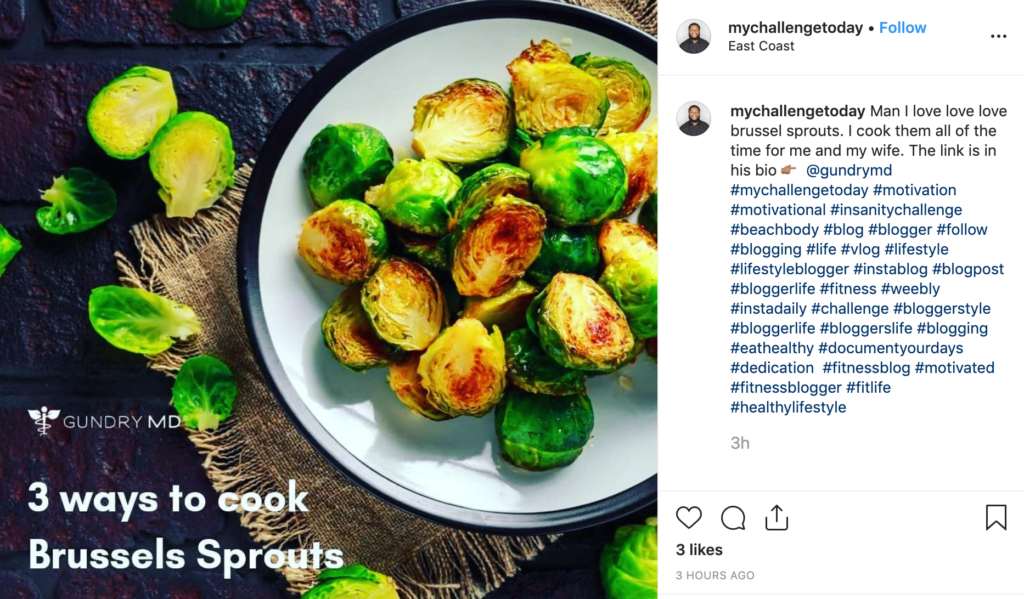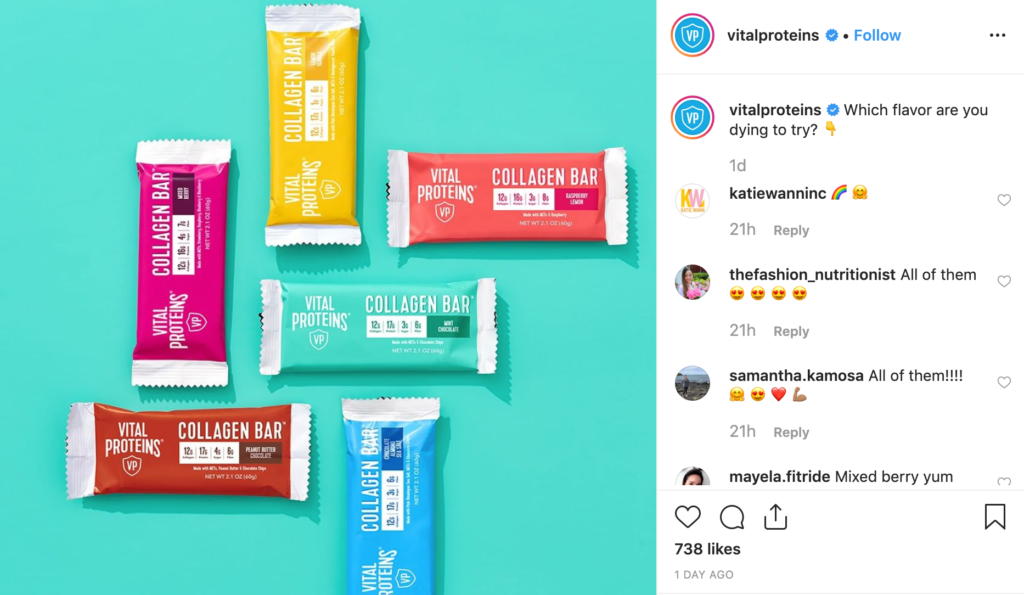Medicinal mushrooms, CBD, herbs, and tinctures. The types of dietary supplements, health supplements, and nutritional supplements run the gamut, but the rules for marketing nutritional supplements remains constant!
In order to create legal social media campaigns that convert, avoid having your website shut down, or get a cease and desist order from the FDA, you have to stay hyper-aware of the language you use and the claims you make about your products and services. Or, hopefully, the claims you don’t make! Claims are an absolute FDA no-no.
So how do you create engaging, persuasive content that communicates how your product help people without seeming robotic, wishy washy, or out of compliance with FDA guidelines? Here are our top eight tips for marketing nutritional supplements the smart and savvy way.
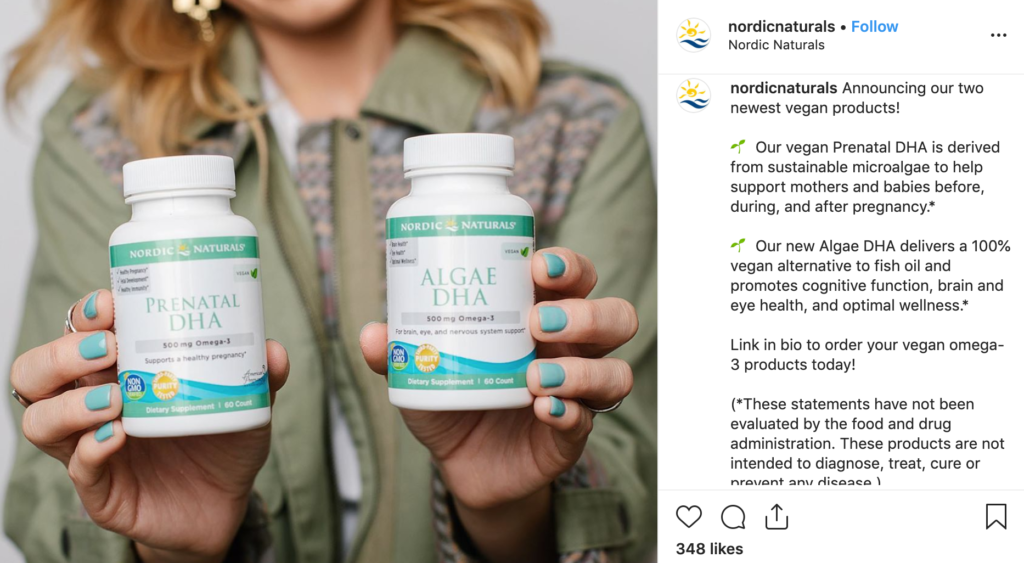
1. Always Follow FDA Guidelines
If you follow health and wellness news, you may have heard of Owlet, the brand that makes baby sleep monitors to help detect SIDS before it happens. Well, they just had a massive lay off after being slammed by the FDA for their claims. Plus, they had to rebrand the device. Big time loss of income, big time branding and PR mishap. Don’t let this be you!
Of course, we like to believe in the good in people, and truly don’t think health brands wake up in the morning plotting to mislead consumers. After all, you created a health and wellness business to help people! However, if you don’t toe the line with Food and Drugs Administration compliance and disclosure, you will eventually land your brand in hot water with the FDA.
Because we specialize in marketing for health and wellness brands, we know how to create content that’s engaging and FDA compliant. Here are some key takeaways.
Include Disclaimers Everywhere
Whether it’s a social media post or a blog on your website, always publish a clear, visible, and formal disclaimer at the end of your copy that covers the health supplements, products, or services you offer. We often use an asterisk next to any statement that could be construed as a claim in things like website copy or on social media. Then we make sure to include an FDA compliance statement in the footer. Always err on the side of caution! There is no such thing as too many disclaimers if it means keeping your health brand in compliance with the FDA.
Avoid “Treat, Prevent, and Cure” Claims
Your content should never make claims, unless backed by a medical doctor and approved by the FDA. That includes diagnosing, preventing, curing, or treating any illness or disease. You can avoid outright claims by using language like “can support, may help, or might contribute to.” When in doubt, add an FDA compliance statement to your copy.
Don’t Directly Link Your Product to a Disease or Illness
Unless, of course, you can site research articles from medical sources that say this for you. For instance, we worked with a medicinal mushroom brand that had health based evidence for improving Crohn’s Disease, performance recovery, and anxiety. We sited those sources to let them do the talking for the brand. Therefore, keeping it away from directly claiming anything.
To play it safe, you can always connect the dots by referring to vague improvements in overall health, and let your audience draw their own conclusions. You cannot guarantee health outcomes. But do include any relevant studies that support your product and its positive health outcomes. For example, we mean saying your product may “ease stress and problems getting a restful sleep” instead of curing insomnia and generalized anxiety disorder. Make sense?
Always Recommend Your Customers Consult Their Doctor
It’s impossible to know how a nutritional or herbal supplement will interact with any one person’s body chemistry or other medications. It’s also very important to acknowledge that you or your employees are NOT doctors. Unless you’re an M.D., you can’t recommend products. Include a disclaimer for customers to talk to their doctor before starting a new supplement.
2. Build Trust With Customers Via Press Mentions, Testimonials, and Customer Reviews
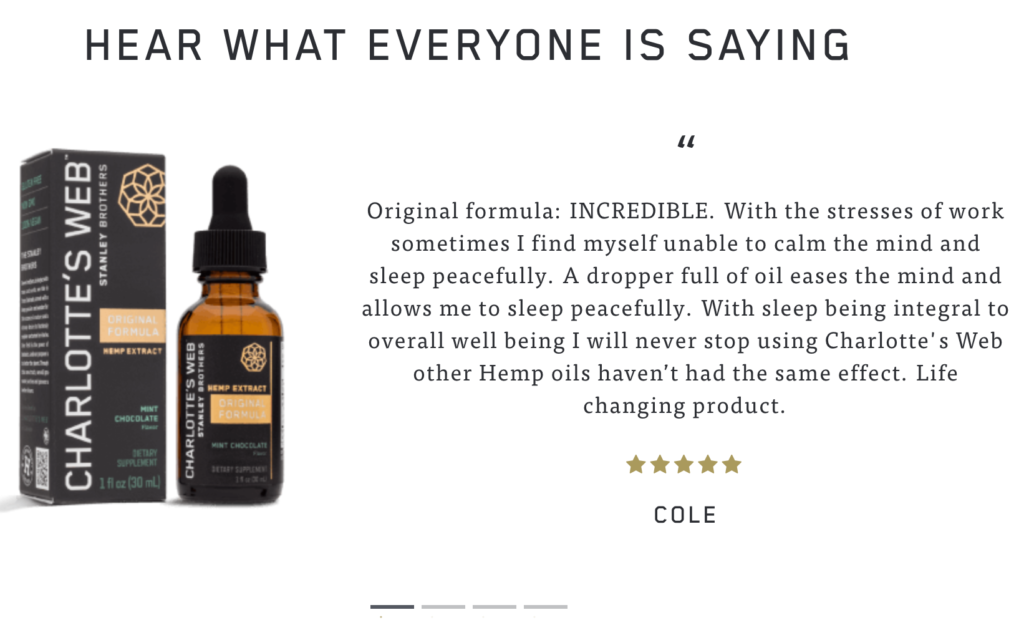
The most successful brands earn the trust of their customers—more trust means bigger profits and more repeat customers! Add “trust signals” like press and influencer mentions, testimonials, and reviews to your marketing and advertising. This is an easy way to convey the benefits of your product without spelling it out and making claims that could get you flagged by the FDA.
You can help generate positive press mentions through PR outreach and link building. One of our favorite ways to do this quickly is through HARO. When media outlets interview you or mention your products, spotlight these media mentions on your website and social!
Don’t forget to ask for reviews and testimonials—especially from influencers. If a customer writes to you singing the praises of your brand and explaining how your products have helped them, ask if you can share their comments.
Allow customers to add reviews to your product pages, and always respond to reviews—whether negative or positive. Also pay attention to product reviews left on Amazon, Google, and other platforms. Investing in your online reputation really pays off. When’s the last time you bought a product without seeing what other consumers have to say about it first?
3. Invest in Original Images and Video
Many brands save marketing dollars when it comes to assets, but this is a big missed opportunity. Often times the use of stock in health and wellness content results in a watered down, homogenized, and spammy feel that lacks personality and connection.
Of course, you can use stock photo sites, video editing tools, and graphic design apps to dress these images up. Or, you can plan quarterly photoshoots!
You don’t necessarily need fancy equipment to get great photos. You can often produce all the images you need with a smartphone and a few hours of your time. Or you can pay for a photoshoot and let a trained professional handle it.
You can also source free, authentic photos from user-generated content. Encourage your following to use a branded hashtag when they post images of your product. You can even run a contest to make sure plenty of fans are posting real-life pictures. Then pick the best user-generated photos and re-post them to your accounts. Contests are a great way to generate brand loyalty, reviews, and content your followers will love.
4. Be Careful With SEO Keywords
SEO for health and wellness brands is a must. The industry is fiercely competitive, and SEO allows you to target your ideal customer, bringing more qualified traffic to your website and sales pages. However, you need to be careful with your FDA compliance here as well.
While it can be tempting to try to rank for spammy keyword phrases like “weight loss cure”, resist the urge! Not only does this undermine the quality of your products, but it can also attract unwanted scrutiny from the FDA. Not to mention, it’s likely to damage your credibility with Google and other search engines. Yes, FDA compliance applies to your meta data and ads targeting.
5. Publish Educational Blog Content
Your blog is where customers go to learn more about your products and brand. Blog articles are a unique opportunity to give your audience the in-depth information about your products that you can’t fit on your label and packaging. You should aim to post at least one blog post per month—but one per week is better! An SEO audit will give you content ideas your customers search for. Write content that’s 800–1,200 words long and fully answers questions customers may have. Social media marketing and email marketing are two of the best ways to cross-promote your blog.
6. Consider Influencer Marketing
Influencers can help you make more engaging Instagram posts and add more credibility to your social feeds and website. That’s because customers want to see real people they trust using your product, with captions that reveal how it has helped them. While influencers now have to acknowledge if they are paid by brands to post about a product, that doesn’t mean they don’t have credibility. Many influencers are picky about which brands they promote, so followers trust their recommendations.
If your social media budget is limited, you can also use micro-influencers to get your name out there. These accounts often have a few thousand followers instead of millions, so they are a bit more economical. Some will even review your brand in exchange for free products. Just make sure their public persona is in line with how you want your brand represented online.
7. Focus on Your Customer—Not the Sale
Far too many health and wellness brands publish content that is all about promotion and not about the customer. Instead, focus first on engaging with your customers. Ask them questions, offer health education, or take a poll to gauge their opinions about your products. The hard-sell approach is so 1995. Your content should be 20% promotion and 80% education and entertainment. Otherwise, your marketing will be self-serving and, let’s face it, very boring.
Feeling like marketing nutritional supplements just got a little easier? Fantastic! We love marketing for health and wellness brands. We hope these tips will help you feel like you can effectively promote your brand while sticking to FDA guidelines. If you need help, reach out!

